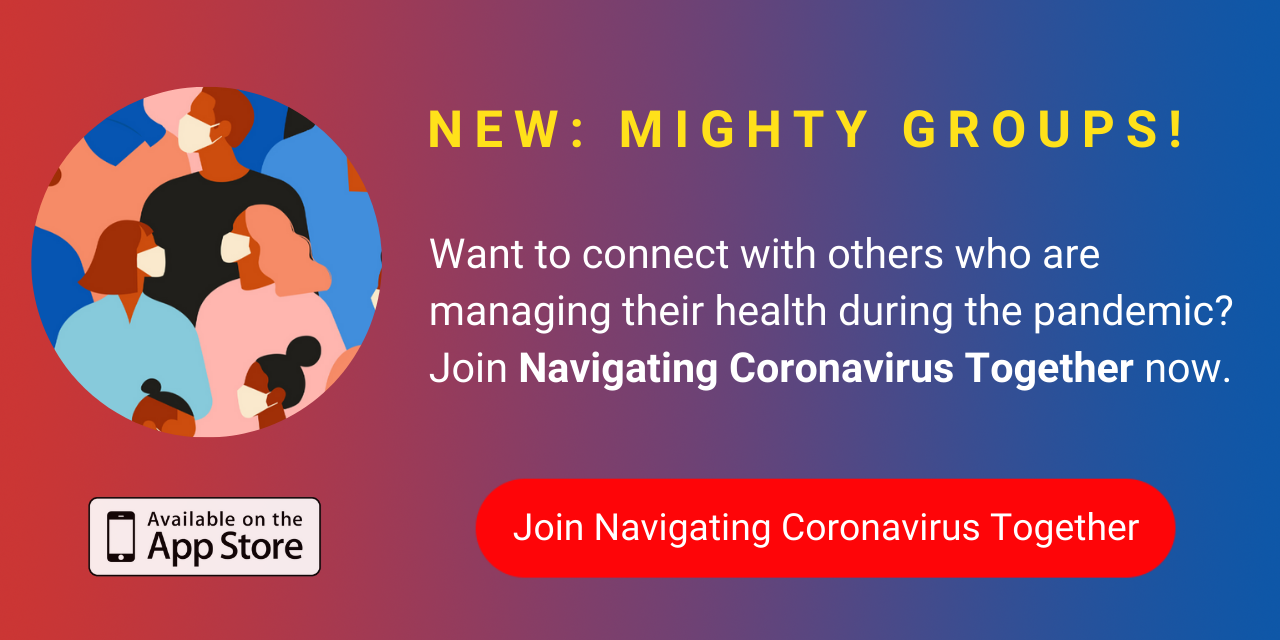As millions of students with disabilities and their parents face a new school year in the weeks ahead, the national disability inclusion nonprofit RespectAbility is releasing free resources to help students with disabilities succeed during the COVID-19 crisis. The new guide, entitled Virtual Education and Students With Disabilities: Supporting Student Success in the Time of COVID-19 and Beyond, is available for free on RespectAbility’s website. The guide covers critical topics such as virtual resources from a wide range of disability advocacy organizations, home-based programs for students of all ages, live synchronous learning opportunities, state-specific information for parents of students with disabilities and mental health resources.
“Educational success is daunting for all students, families and teachers during this pandemic,” said Debbie Fink, a former educator and RespectAbility’s Director of Community Outreach and Impact. “However, it is even more daunting for students with disabilities. This is especially the case in underfunded school districts and for families without access to internet, technology devices and other key supports. Hence, we hope these consolidated resources will help students with disabilities of all backgrounds, as well as their families and educators.”
Just as the COVID-19 pandemic has reiterated critical disparities across communities in the United States, the changing demographics of America are deeply reflected by students with disabilities. In our nation’s public schools, there are 6.3 million students with disabilities. Fully 11.4 percent of students with disabilities nationwide, almost 720,000, also identify as English-language learners. Their accommodation needs are compounded by the fact that many come from households that do not speak English at home, adding an extra challenge for parental interaction. It also can be harder to diagnose disabilities in children when they are English language learners.
Even prior to the COVID-19 pandemic, students with disabilities faced significant challenges completing their degrees and succeeding just like anyone else. These challenges were further aggravated by the failure of virtual learning to meet the needs of students with disabilities nationwide. Still, due to underlying medical conditions, many students will need to continue distance learning, while other students with disabilities will be returning to a “new normal” riddled with virus-related safety concerns in schools.
“It is absolutely critical that we all come together to ensure that students with disabilities who are learning to self-advocate, parents and special educators understand the wide array of resources that are out there today,” said Nicole Homerin, an expert in special education who conducted extensive research for the guide. “Remote learning may not work for everyone, but there are so many resources that you can utilize to support your success as a student with a disability, a parent or an educator.”
Further, students with disabilities also reflect the deep racial inequalities prevalent throughout the United States. Nationwide, among the class of 2018, only 66 percent of Black students with disabilities, 77 percent of white students with disabilities, 71 percent of Hispanic students with disabilities and 79 percent of Asian-American students with disabilities completed high school. This compares to 85 percent of all students without disabilities.
This Virtual Education Guide offers strategies, personal advice and contact information for a wide network of different nonprofit organizations, government agencies and other parts of the wider educational system.
Getty image by Adragan.


